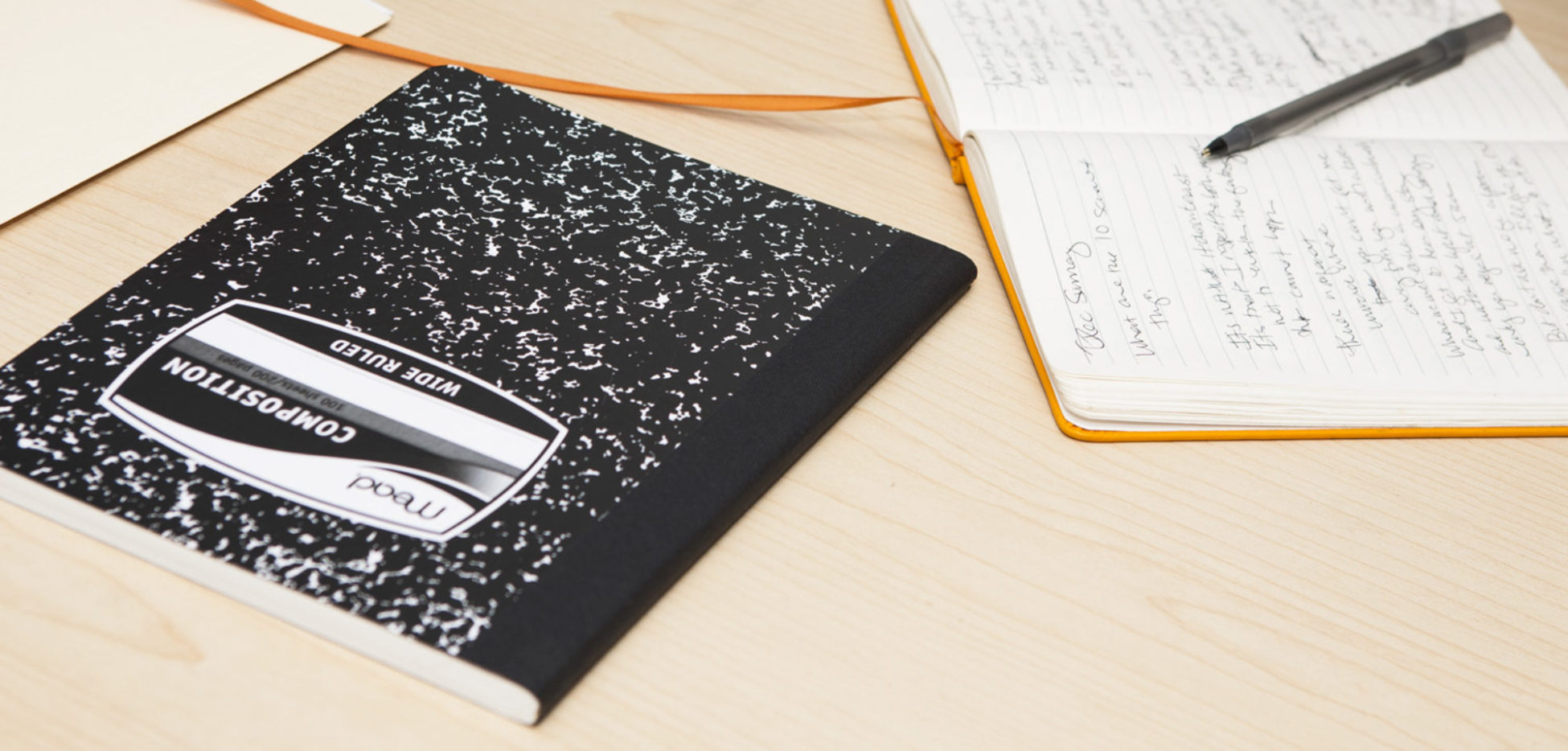Most writers out there don’t have stacks of cash available to them, and are stuck when it comes to being able to finally publish their work. In the hopes of telling them something useful, here’s our guide to publishing on a budget.
Your costs:
- Copyright registration (do-it-yourself, e-version): $35. Don’t rely on the “poor man’s copyright” of mailing a copy to yourself. That doesn’t provide any more legal protection than the date the file was created on your computer. Instead, save up the $35 somehow and do it the right way.
- ISBN: you can get this free if you’re a Canadian citizen, or free from Amazon or Smashwords (although they will be your publisher). You may be able get one from us and have the cachet of a small press for $35. (By the way, people can search for publishers on Amazon, so your book is more likely to be found if your publisher is anyone besides Amazon, simply because there’s another term to search.)
- Formatting: you can do it yourself, or hire someone who may or may not do it properly on an outsourcing site. Our fee varies but our minimum is $30 (this includes loading e-book versions into varied hardware devices to make sure it is formatted properly, or printing out print versions to check the formatting).
If you can scrape up a few dollars here and there, here’s the process:
- Get a professional editor to edit your book. Don’t rely on friends or other authors, and don’t rely solely on Grammarly or spell check; do it right. If you have to pay an editor chapter by chapter, or set up a payment plan, or barter for it, this is absolutely the most important thing you can do to ensure your success. Editing is expensive, so plan ahead. Your book won’t be a success if it contains errors that could have been fixed by editing.
- Register your copyright. You must have $35 to do this; this is the fee charged by the U.S. government and gives you the maximum legal protection against copyright infringement. It’s well worth the cost.
- Format your book. You’ll have to choose among print and the various forms of e-books.
- Acquire one ISBN, from someone, and publish the book in your desired format.
- Wait until you’ve sold enough books to earn back your costs. Wait some more until you’ve earned another $65 or so, then use that to format and get an ISBN for a second format for your book.
- Repeat step 4 until you’ve acquired formatting and ISBNs for softcover, hardcover, pdf, Kindle, and iTunes versions of your book (and audio, if you choose).
- Save the $100 from your sales to start your next book. (Of course, you can skip a format for your book if you don’t think it’s useful; for example, it might not be worth getting a hardcover version for a 32-page book.)
By bootstrapping your book off the sales of one version, it will be easy to continue to add formats and new books. Your potential losses will be limited to the few dollars necessary to get that first book off the ground.
